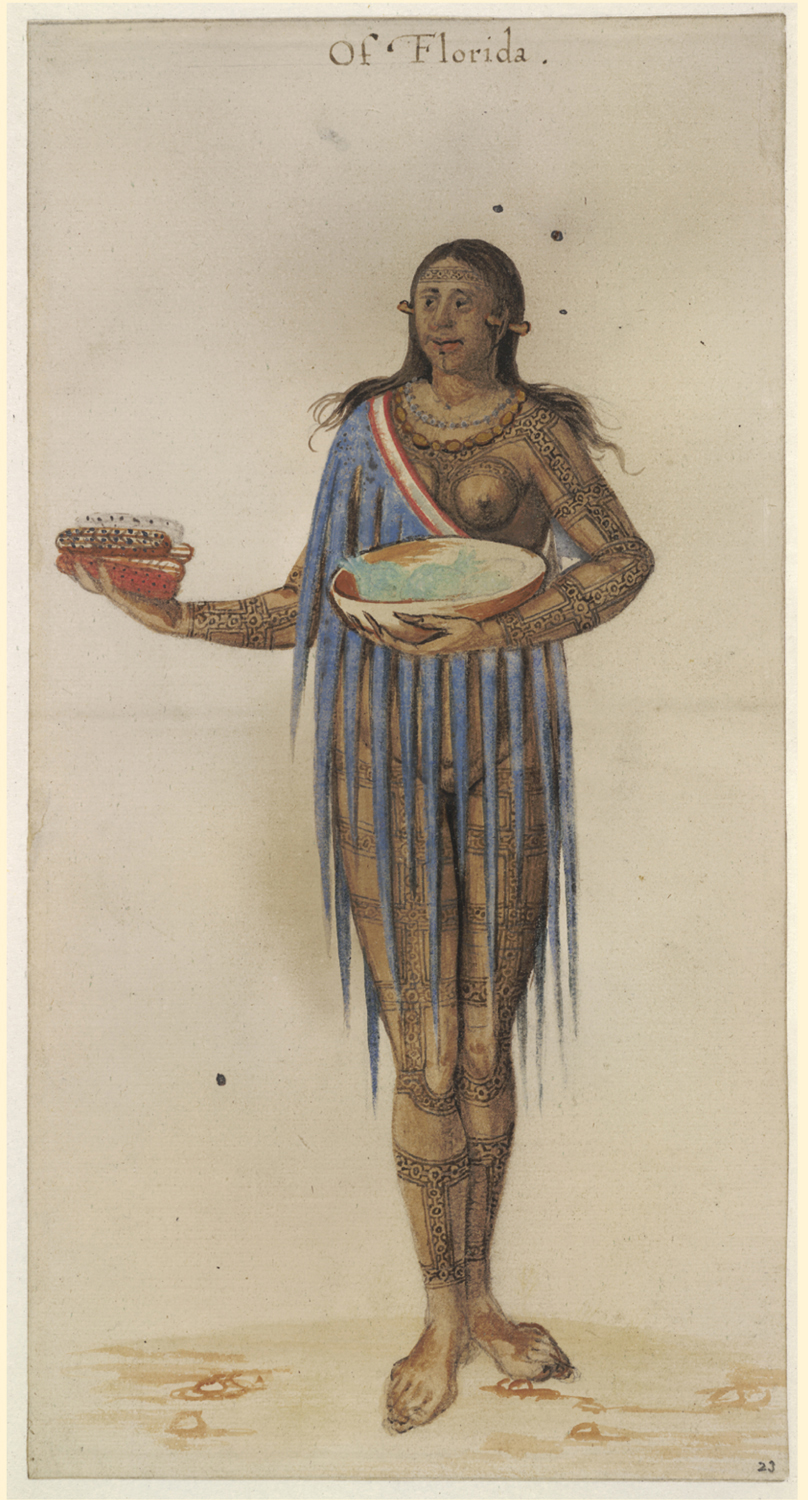Beyond America’s Borders: “Corn: An Ancient American Legacy”

Corn on the cob slathered with butter, salted popcorn, corn chips—
The ancient ancestor of what we know today as corn is a grass called teosinte. Ancient people in central Mexico, probably women, selected desirable seeds from teosinte and over many generations managed to transform the small grass seeds into rows of corn kernels arrayed around a central cob. Slowly, during thousands of years, ancient agriculturalists developed many varieties of corn adapted to different growing conditions, with different nutritional qualities, and varying productivity (the number of kernels grown from one corn seed). The remarkable adaptability of the corn plant and the high food value of the corn kernels caused the crop to spread among ancient Americans throughout the Western Hemisphere.
Entirely unknown to Europeans when they arrived in the New World in 1492, corn acquired the name by which it is known in most of the world today: maize, which is derived from mahiz (“life-
At first, people outside the Americas did not find corn an appetizing food. An English botanist in the seventeenth century spoke for many others when he declared corn a food of the “barbarous Indians which know no better.” He pronounced corn “a more convenient food for swine than for man.” But Europeans in the New World, following Native American foodways, soon learned to eat corn ground into meal, often mixed with vegetables or meat, moistened, and served as a kind of mush they called samp or hominy or grits. Or they made a cornmeal dough that they baked in the coals of a fire or on an iron griddle to produce corn bread, which they also called hoecake, johnnycake, or corn pone—
Today corn is grown throughout the world and is a major commodity in global trade. The United States produces more than half of global corn exports, while Argentina, Brazil, and Ukraine account for another third. This exported corn goes to countries all around the world. Japan takes about a fifth of the global corn imports, and another third of corn imports go to South Korea, Mexico, Egypt, and Taiwan.
Corn connects the United States to the rest of the world in many more ways than the export of millions of bushels of corn kernels. Only about a fifth of the U.S. corn crop is exported annually. The rest is used in dozens of products that Americans consume themselves as well as export to countries around the globe. The seventeenth-
America in Global Context
- How did ancient Americans contribute to what we know today as corn?
- In what ways does corn connect the United States to the rest of the world?
- How is corn used today compared to its use by ancient Americans?
Connect to the Big Idea
How did the cultivation of corn change the habits of archaic southwestern hunter-